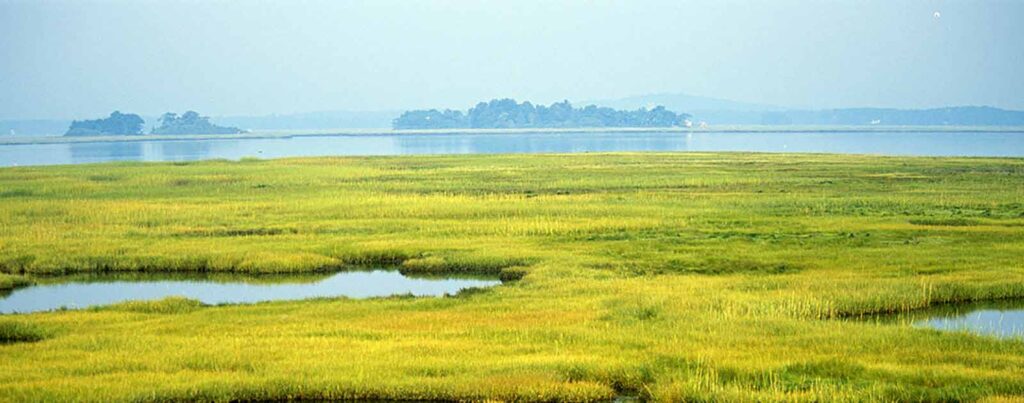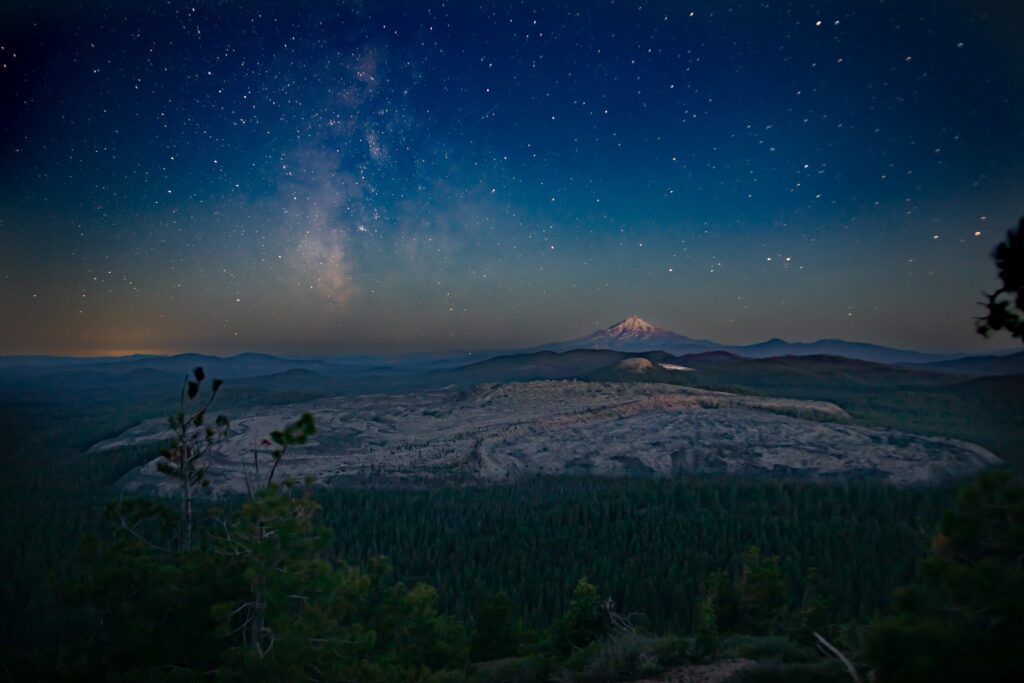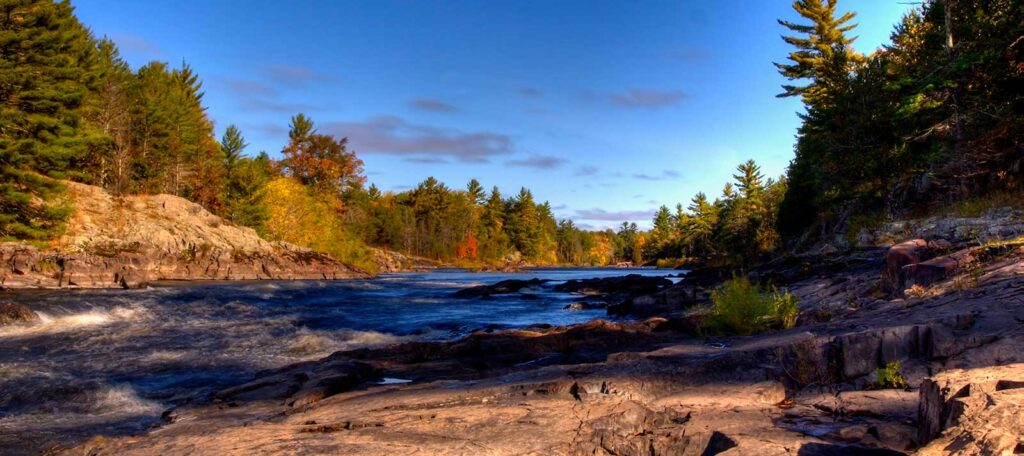Jurisdictional Waters Under the Clean Water Act
The Clean Water Rule provides protection to waters that are scientifically shown to have a significant impact on downstream waters, and gives property owners certainty and predictability.
By
Meghan Boian |
August 28, 2015
There are several categories of waters that will be covered by the Clean Water Act under the new Clean Water Rule. The streams and wetlands listed are scientifically shown to have a substantial impact on downstream water quality. The basis for those waters can be found in the EPA’s Connectivity Report. The EPA and the Corps also specifically excluded certain types of waters from being covered by the Clean Water Act. By listing what waters are and are not covered the Rule provides certainty and predictability to property owners.
The way the Clean Water Rule will be implemented is by the Army Corps of Engineers using it to determine if a waterway is jurisdictional (called a jurisdictional determination). If the Corps determines that a waterway is jurisdictional a permit issued by the EPA or a delegated State Agency will be required by an entity if they are going to discharge into the water or fill it in. If the Army Corps determines a water is not jurisdictional, no permit is needed.
Jurisdictional Waters
- Navigable waters- waters you can float a boat in
- Interstate Waters- waters that cross state lines
- Territorial Seas- oceans
- Impoundments- water that has been dammed
- Tributaries – streams that have a bed, a bank, and an ordinary high water mark that flow into a traditionally navigable water
- Adjacent Wetlands/Waters- Wetlands and other open waters such as ponds that are next to a jurisdictional water.
- Other Waters- Waters with a significant nexus within the 100-year floodplain of a traditional navigable water, interstate water, or the territorial seas, as well as waters with a significant nexus within 4,000 feet of jurisdictional waters. Prairie potholes, Carolina and Delmarva bays, pocosins, western vernal pools in California, and Texas Coastal prairie wetlands are to be considered as similarly situated when determining if they have a significant nexus.
Some examples of waters that are not covered by the clean water act include certain types of ditches, puddles, erosional features, and groundwater. For a list and explanation of all the waters included and excluded from the Clean Water Rule please read the Rule.
At the most basic level, the health of our rivers depends on the health of upstream waters. If a waterway is polluted, filled in, or otherwise compromised the stream network will be adversely affected. That is why the Clean Water Rule protects our rivers as well as their tributaries and wetlands.





6 responses to “Jurisdictional Waters Under the Clean Water Act”
Is a water supplied through an Irrigation District water channel, for consumption by a City or for irrigation purposes, considered a protected waterway or Waters of the US?
Is it against the law for the farmer who owned the Farm next to mine to dump his WATER on to me causing damage to my Farm property ??? Is it against the law for the state to dump state water on to my farm causing damage to my farm ??
Developer has 100ft.french drain, 150ft surface ditch, and a 200ft 6in pipe to my property. How can epa call me a wetland
Hi Jake, This is an older blog post that is commenting on what is and is not in the Clean Water Rule. However, while groundwater is not categorically protected by the Clean Water Rule the EPA has authority under the Clean Water Act to regulate subsurface discharges on a case-by-case basis by way of their hydrological connection to jurisdictional waters.
What’s the status on this these days? I know there have been some changes.
Ground water should be protected also